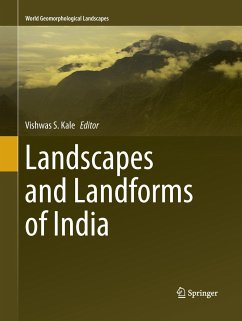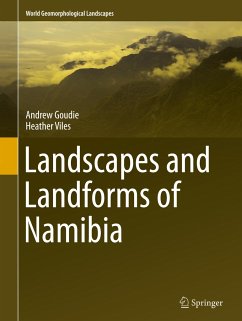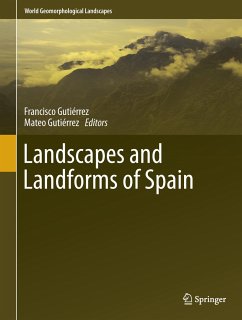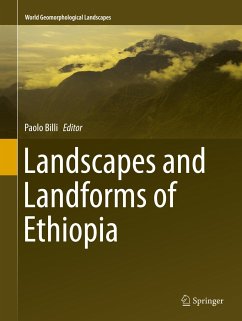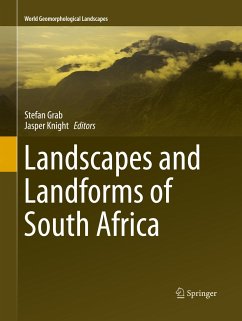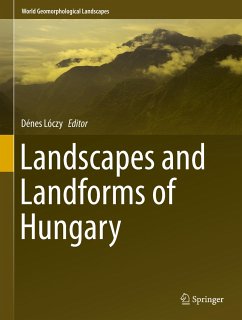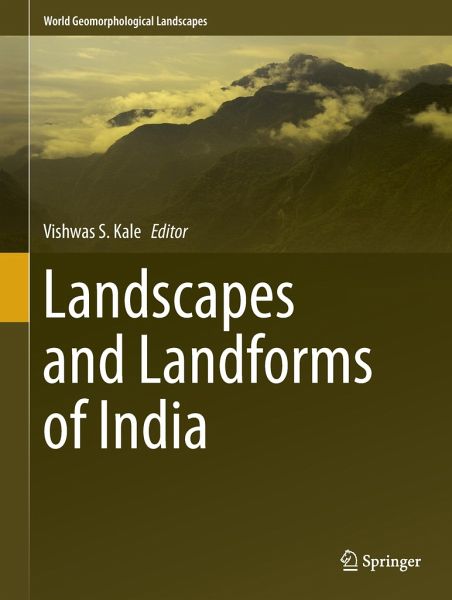
Landscapes and Landforms of India

PAYBACK Punkte
38 °P sammeln!
The proposed monograph on 'Geomorphological Landscapes of India' will aim to describe and explain in simple words the geomorphological characteristics and the origin of the above-mentioned landforms and landscapes. The proposed monograph will provide the background information about the geology, climate and tectonic framework of the Indian region, as well as cover Indian climates of the present and the past. It will mainly cover the four main morphotectonic regions of India and about 15-20 distinct landforms of the Indian region as well as the major geomorphosites in India.




